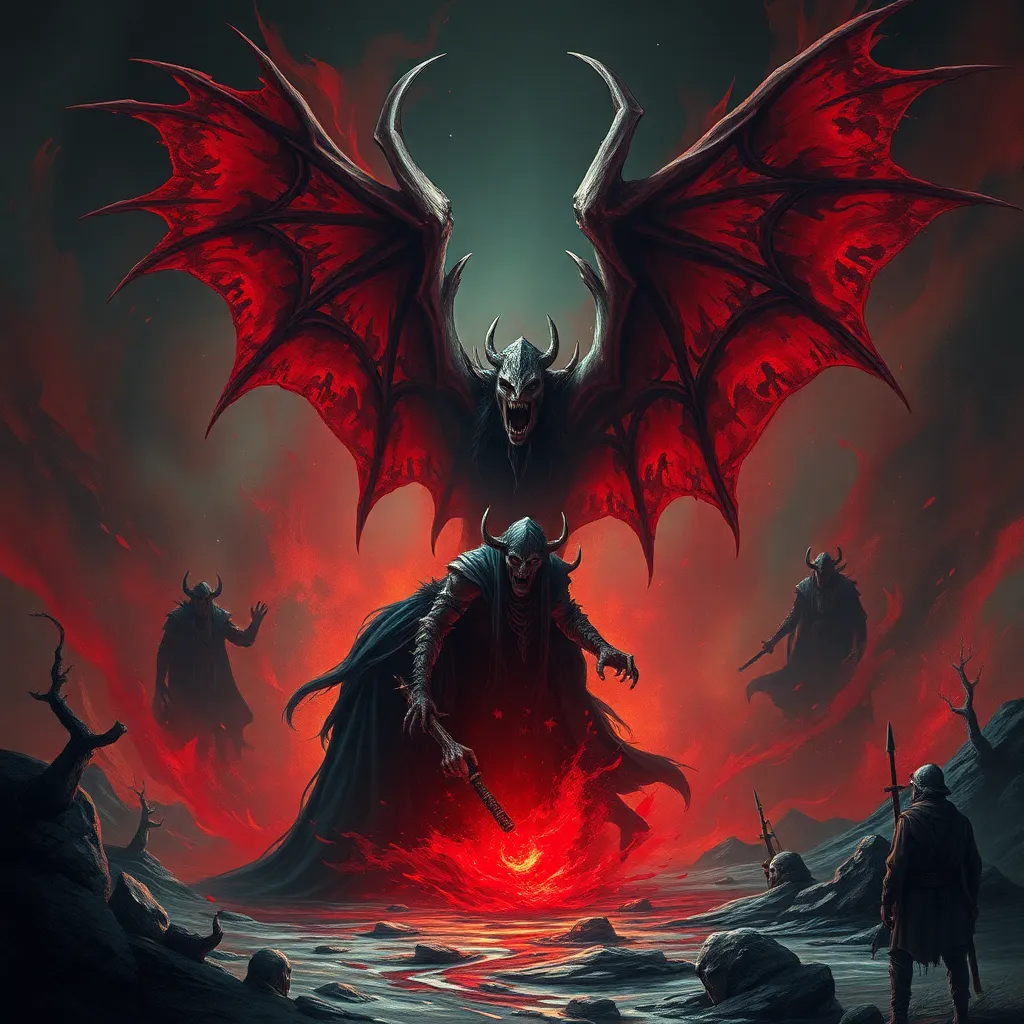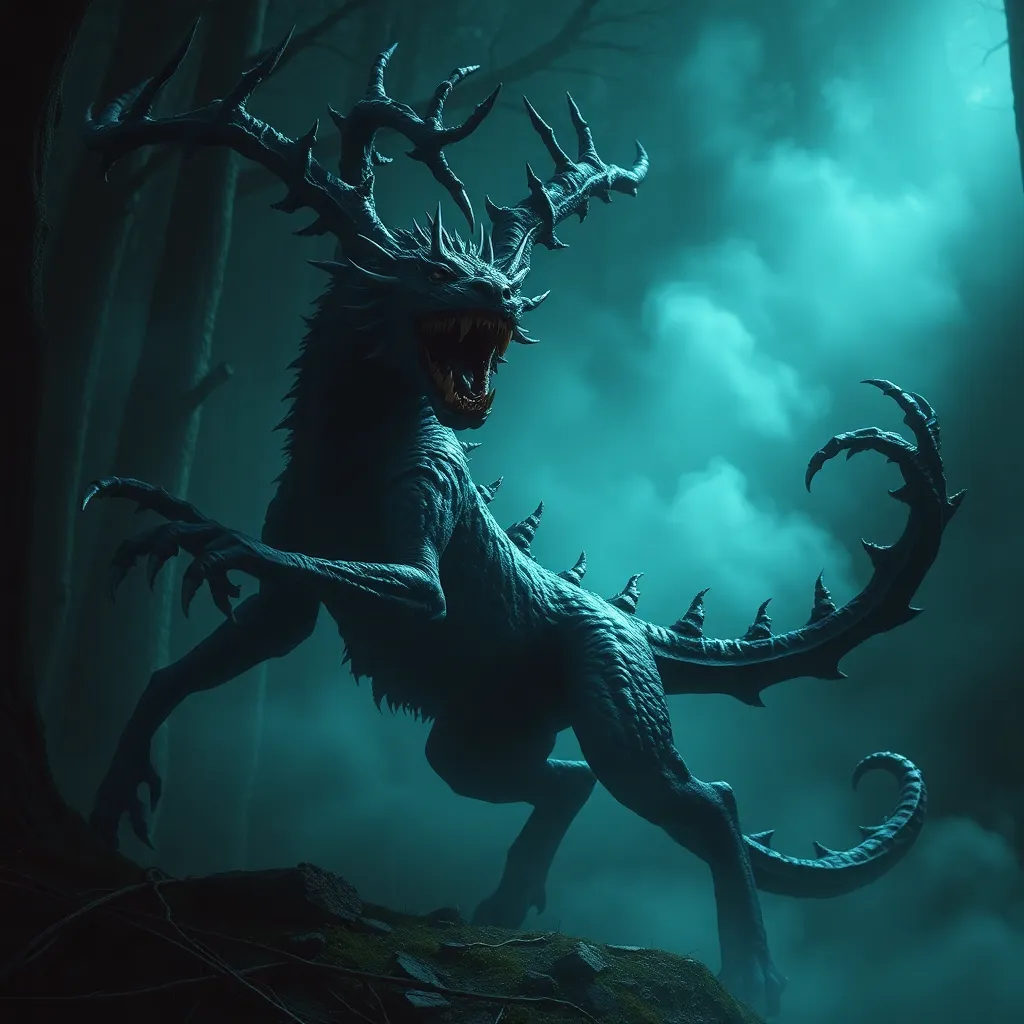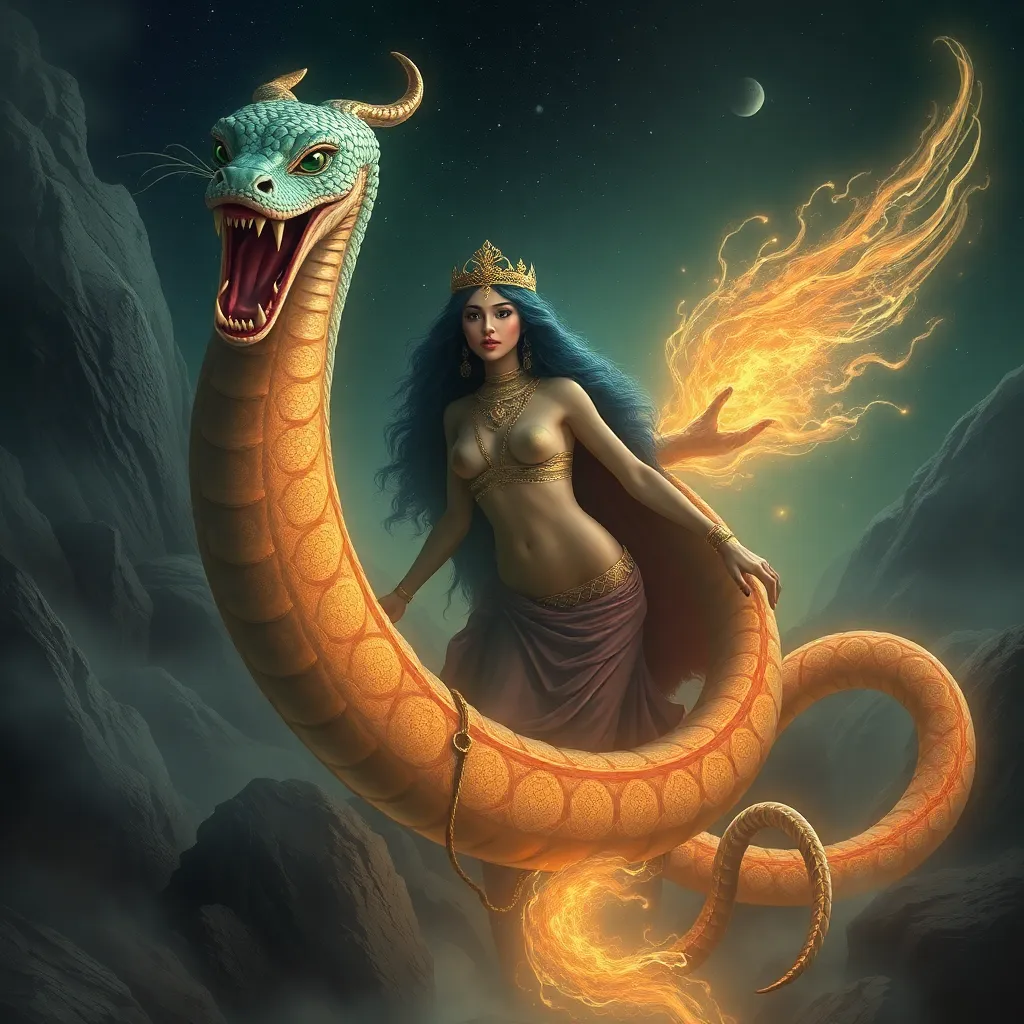The Blood-Thirsty Beings: Vampire Mythology from the Viking Age
I. Introduction
Vampires have captivated human imagination for centuries, often depicted as blood-thirsty beings that blur the lines between life and death. In myth and folklore, they are typically portrayed as undead creatures who sustain themselves by feeding on the life essence of the living. This article aims to delve into the vampire mythology that emerged from the Viking Age, a period known for its seafaring warriors, rich cultural narratives, and a complex belief system.
The Viking Age, spanning roughly from 793 to 1066 CE, was a significant epoch in Northern Europe, marked by exploration, trade, and cultural exchange. It was during this period that Norse society developed various mythologies, including those surrounding the undead. This article explores how Viking vampire mythology was shaped by historical context, cultural beliefs, and interactions with neighboring societies.
II. Historical Context of the Viking Age
The Viking Age is characterized by a dynamic timeline that includes notable events such as the raids on Lindisfarne in 793 CE and the Battle of Stamford Bridge in 1066 CE. Geographically, it encompassed regions including Scandinavia, the British Isles, and parts of the European mainland. The Viking Age was not only about conquest but also about cultural and economic exchanges that influenced Norse beliefs.
The cultural landscape of Norse society was steeped in mythology and spirituality. The pantheon of gods, including Odin, Thor, and Freyja, was central to their worldview, and the belief in an afterlife was prevalent. Mythology served not just as stories but as integral components of their understanding of existence, morality, and the supernatural.
III. The Origins of Vampire Myths in Norse Culture
Pre-Christian beliefs about the undead played a significant role in shaping vampire myths in Norse culture. The Norse people held various beliefs regarding the afterlife and the fate of the deceased. The idea that some individuals could return from the dead, particularly those who had died a violent death or were not properly buried, was prevalent.
Moreover, influences from neighboring cultures, particularly the Slavs and Greeks, introduced new elements to Norse vampire lore. For instance, the Greek concept of the vrykolakas—a revenant that rises from the grave to haunt the living—found resonance among the Norse, contributing to their own interpretations of vampire-like beings.
As Vikings encountered different cultures through their raids and trade, they absorbed various elements of folklore and mythology, which further enriched their own vampire tales.
IV. Characteristics of Viking Vampires
Viking vampires, often referred to as draugr, were depicted with distinct physical attributes. They were typically described as larger than life, with a fierce appearance, often retaining some human features but exhibiting decay or grotesqueness. Artistic depictions, such as those found on runestones and in sagas, emphasize their formidable presence.
- Physical Attributes: Draugr were often portrayed as having pale skin, long hair, and sometimes glowing eyes.
- Common Traits: They possessed superhuman strength, could change shape, and were said to guard their burial mounds fiercely.
- Behaviors: Draugr were known to rise from their graves and wreak havoc on the living, often seeking vengeance or protecting their treasures.
When comparing Viking vampire myths to contemporary depictions, it is evident that while modern vampires are often romanticized and portrayed as alluring, Viking vampires were primarily seen as malevolent and terrifying entities.
V. Notable Vampire Figures in Norse Mythology
Several notable figures exemplify the vampire mythology of the Viking Age:
A. Draugr
The draugr stands out as the quintessential Norse vampire. These undead beings were often guardians of their burial mounds, possessing incredible strength and the ability to inflict illness upon the living. Legends tell of heroes who had to confront draugr to reclaim treasures or protect their communities.
B. Vrykolakas
Influenced by Greek mythology, the vrykolakas was believed to be a revenant returning to the living world, often associated with those who had died an unnatural death. This figure merged with Norse beliefs, creating a more complex understanding of vampiric entities.
C. Other Lesser-Known Vampiric Entities
Beyond draugr and vrykolakas, Norse mythology includes various lesser-known vampiric beings, such as:
- Aptrgangr: A term used to describe a body that walks after death.
- vampyr: Often referenced in later texts, adding to the mythos of the undead.
VI. Rituals and Practices Related to Vampires
To combat the threat of vampirism, the Norse developed various rituals and burial practices. These practices were rooted in the belief that improper burial could lead to a person returning as a draugr.
- Burial Practices: Bodies were often weighted down or buried with items to prevent them from rising again.
- Rituals: Communities would hold ceremonies to protect themselves, including offerings to the gods or protective charms.
- Superstitions: Many believed in signs of impending vampirism, such as unusual animal behavior or changes in weather.
VII. The Legacy of Viking Vampire Mythology
The vampire mythology of the Viking Age has left a lasting legacy that persists in modern culture. The fascination with the undead has inspired countless works of literature, film, and television, often drawing on Norse themes and motifs.
Modern vampire literature, from Bram Stoker’s Dracula to contemporary series like The Vampire Chronicles, reflects the enduring appeal of vampire myths, often merging elements from various cultures, including Norse influences.
Moreover, the resurgence of interest in Norse mythology in popular culture, spurred by media such as Marvel’s Thor and various fantasy novels, highlights the ongoing relevance of these ancient tales. As society continues to grapple with themes of mortality and the supernatural, Viking vampire mythology remains a compelling aspect of our collective folklore.
VIII. Conclusion
In summary, the vampire mythology of the Viking Age is a fascinating reflection of the cultural and historical realities of Norse society. From the terrifying draugr to the influences of other cultures, these myths reveal much about the beliefs and fears of the Vikings.
The enduring fascination with vampire mythology speaks to its deep roots in human culture, where stories of the undead have evolved yet remain significant. As we explore Viking Age folklore, we invite readers to delve deeper into the rich tapestry of Norse mythology and the myriad ways it continues to resonate in contemporary society.



